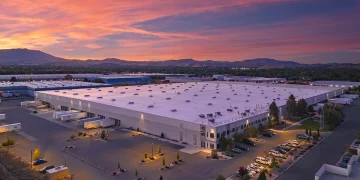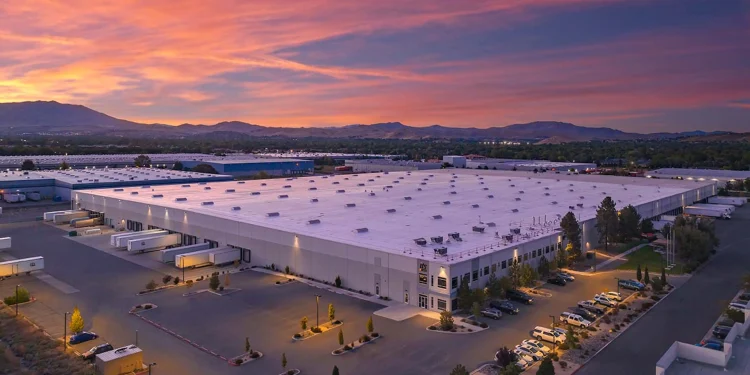By Eva Richardson – The Logistic News
The logistics sector continues to face shifting market dynamics, with warehouse lease costs remaining stubbornly high and truckload contract and spot rates dipping after a January boost. According to the latest February Supply Chain Report, despite a slowdown in demand, supply chain costs remain a key concern for industry leaders.
Warehouse Lease Costs Defy Demand Trends
Even with a two-year decline in demand, warehouse lease prices have not followed suit. The primary reason is a drop in new warehouse construction, leading to a constrained supply and a 4.5% increase in national average lease rates in Q4 2024. Experts suggest that while demand is stabilizing, the lack of available space is preventing any significant price reductions.
Industry analysts note that warehousing costs now account for 13% of total supply chain expenditures, underscoring the importance of strategic warehouse management and contract negotiations in 2025.
Truckload Market Sees Rate Adjustments
While January saw a temporary boost in truckload contract and spot rates, February marked a decline across dry van and refrigerated freight segments. This drop aligns with a 5% reduction in macroeconomic freight volumes, although seasonal produce shipping is expected to bring a near-term rebound.
Despite these dips, long-term trucking averages remain higher than 2024 levels, signaling potential fluctuations rather than a full market downturn. Carriers and shippers are closely monitoring fuel costs, driver availability, and regulatory changes, which continue to influence pricing trends.
Economic Outlook: Supply Chain Costs and Trade Uncertainties
As global markets prepare for a projected 3.3% economic growth in 2025 and 2026, logistics firms remain cautious about ongoing tariff uncertainties and potential cost surges in last-mile delivery services, which already account for 41% of total supply chain costs.
While the outlook is mixed, experts recommend that companies diversify their logistics strategies, optimize warehouse space utilization, and invest in predictive analytics to mitigate cost pressures in a fluctuating market.
What’s Next?
As the industry navigates these financial and operational challenges, stakeholders will need to stay agile and proactive. The Logistic News will continue to monitor key trends, providing insights into how businesses can optimize their supply chain strategies for a competitive edge.
For media inquiries or to share insights, contact us at info@thelogisticnews.com.























